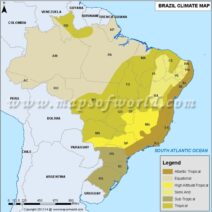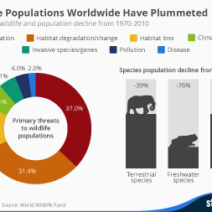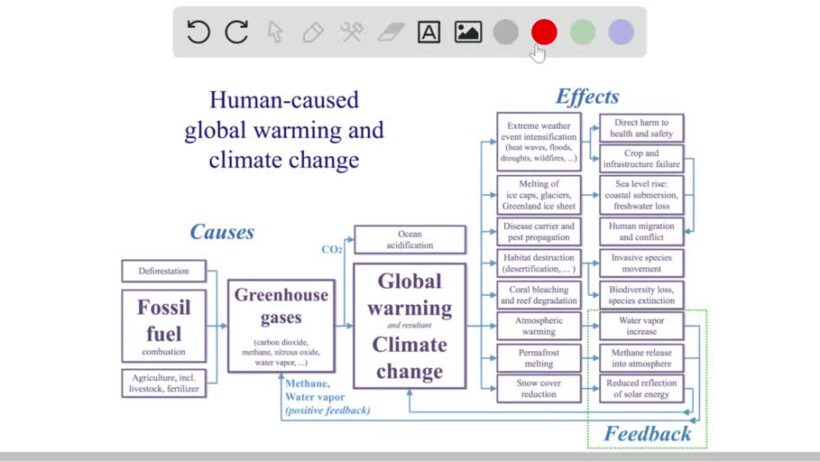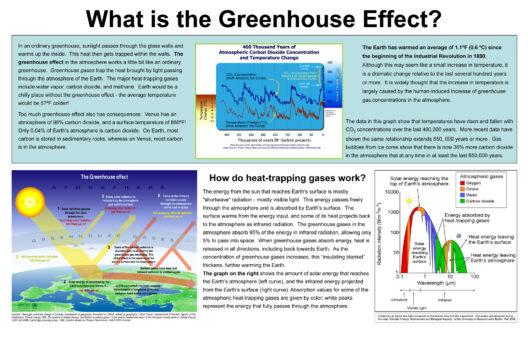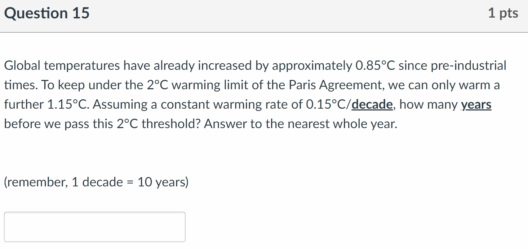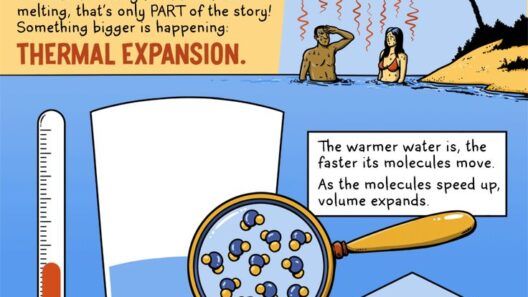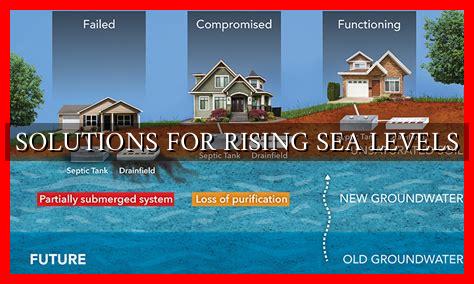As the tides wash over coastline after coastline, one of the most pressing issues of our time emerges from the depths of the oceans: rising sea levels. These changes are not merely a distant specter of environmental concern; they encapsulate a multitude of complex and interwoven factors that can reshape our planet. Understanding the direct causes of rising sea levels necessitates an exploration of both natural occurrences and anthropogenic influences. From melting glaciers to thermal expansion, the dynamics of earth’s oceans are profoundly affected by an array of factors.
Commencing our investigation requires a deep dive into various elements that contribute significantly to both the gradual and rapid shifts in sea levels.
Understanding Thermal Expansion: The Ocean’s Growing Volume
One of the primary culprits of rising sea levels is thermal expansion of seawater. As global temperatures rise, the ocean absorbs much of this heat, resulting in an increase in water temperature. Heated water expands, thereby augmenting its volume—a phenomenon known as thermal expansion. This process, while seemingly innocuous, can lead to substantial increases in sea levels over time. The Intergovernmental Panel on Climate Change (IPCC) reports indicate that thermal expansion has accounted for nearly half of the observed sea level rise in the last century.
Moreover, this warming trend is not uniform. Regions in the ocean absorb heat differently due to varying currents, depths, and geographic features. As a result, certain areas experience greater degrees of expansion, exacerbating local sea level rise and altering current patterns that influence marine ecosystems, coastal communities, and weather systems.
The Melting Ice Caps: Nature’s Dripping Taps
Another prominent factor contributing to rising sea levels is the accelerated melting of ice caps and glaciers. These majestic formations, solid and formidable, act as global thermostats, regulating temperature and sea levels alike. However, anthropogenic climate change has initiated a relentless thaw, resulting in significant ice loss from polar ice sheets in Greenland and Antarctica as well as mountain glaciers worldwide. The consequent influx of freshwater into the oceans serves as both a stark reminder of climate change and a catalyst for rising tides.
In Greenland, studies indicate that ice loss has doubled in the past decade, contributing staggering amounts of meltwater to the North Atlantic. Antarctica, once viewed as a stable bastion of ice, is now experiencing alarming rates of ice shelf collapse, leading to heightened sea levels globally. The intricate balance of nature is disrupted, posing dire consequences for coastal habitats, flora, and fauna.
Glacial meltwater is also not just a problem of quantity but of timing. As glaciers retreat, they create new landscapes and alter drainage systems that can both mitigate and exacerbate local flooding issues. Conversely, the reduction of the reflective surface area (albedo effect) plays a role in further warming, creating a vicious cycle of global temperature increase and ice melt.
Land Subsidence: When Earth Succumbs
While the melting ice caps and thermal expansion receive ample focus, another significant and often overlooked facet of sea level rise is land subsidence. This phenomenon, where land sinks due to various factors such as extraction of groundwater, natural settling, or tectonic activity, compounds the effects of rising waters. For instance, cities built on reclaimed land or sedimentary basins, like New Orleans and Jakarta, find themselves in peril as the land beneath them is sinking while the seas rise around them.
Groundwater extraction contributes significantly to land subsidence. As aquifers deplete, the structural integrity of the land can be compromised, leading to an increase in relative sea levels. When such cities experience high rates of subsidence alongside climate-induced sea level rise, the threat to infrastructure and public safety becomes pressing. The juxtaposition of our daily activities against the gradual encroachment of the ocean brings to light urgent challenges we must collectively confront.
Coastal Erosion: The Shoreline’s Silent Battle
As sea levels rise, coastal erosion—an inevitable consequence—intensifies. Windswept beaches and rocky cliffs succumb to the encroaching waters, transforming once-familiar landscapes. Coastal communities face the simultaneous loss of property, habitats, and safe living spaces, while the natural balance of coastal ecosystems hangs precariously in the balance. This aesthetically devastating process may be witnessed in the thinning of sandy beaches or the erosion of mangrove forests essential for coastal protection.
These changes not only alter the physical environment but compromise biodiversity, as animal and plant species struggle for survival amidst these shifting landscapes. As we witness the erosion of coastlines, we must also consider its ripple effects on local economies dependent on tourism and fishing. The ecological and economic implications create a compelling narrative around the necessity of immediate action.
The Path Forward: Innovations and Solutions
In light of the multifaceted drivers of sea level rise, innovative solutions must be pursued to mitigate impacts and adapt to new realities. Emphasizing sustainable practices in urban planning, enhancing coastal defenses, and investing in renewable energy are vital components of this journey. Moreover, international collaboration on climate policy, preservation of natural habitats, and investment in technologies to manage freshwater resources are crucial strategies moving forward.
In conclusion, the intricate interplay between thermal expansion, ice melt, land subsidence, and coastal erosion magnifies the urgent nature of rising sea levels—a problem steered by both natural processes and human intervention. Understanding these dynamics is the first step toward turning the tide against the looming threats posed by climate change. As stewards of this planet, it is imperative that we unite to recognize the signals of change and act decisively to safeguard our coasts, communities, and future generations.
